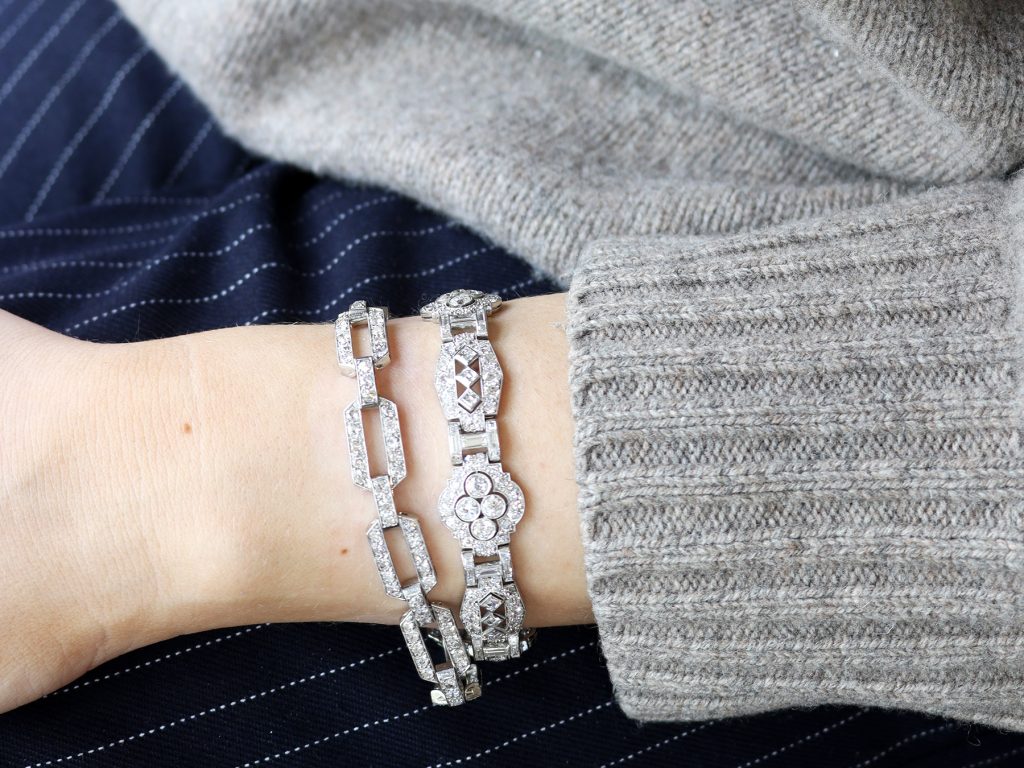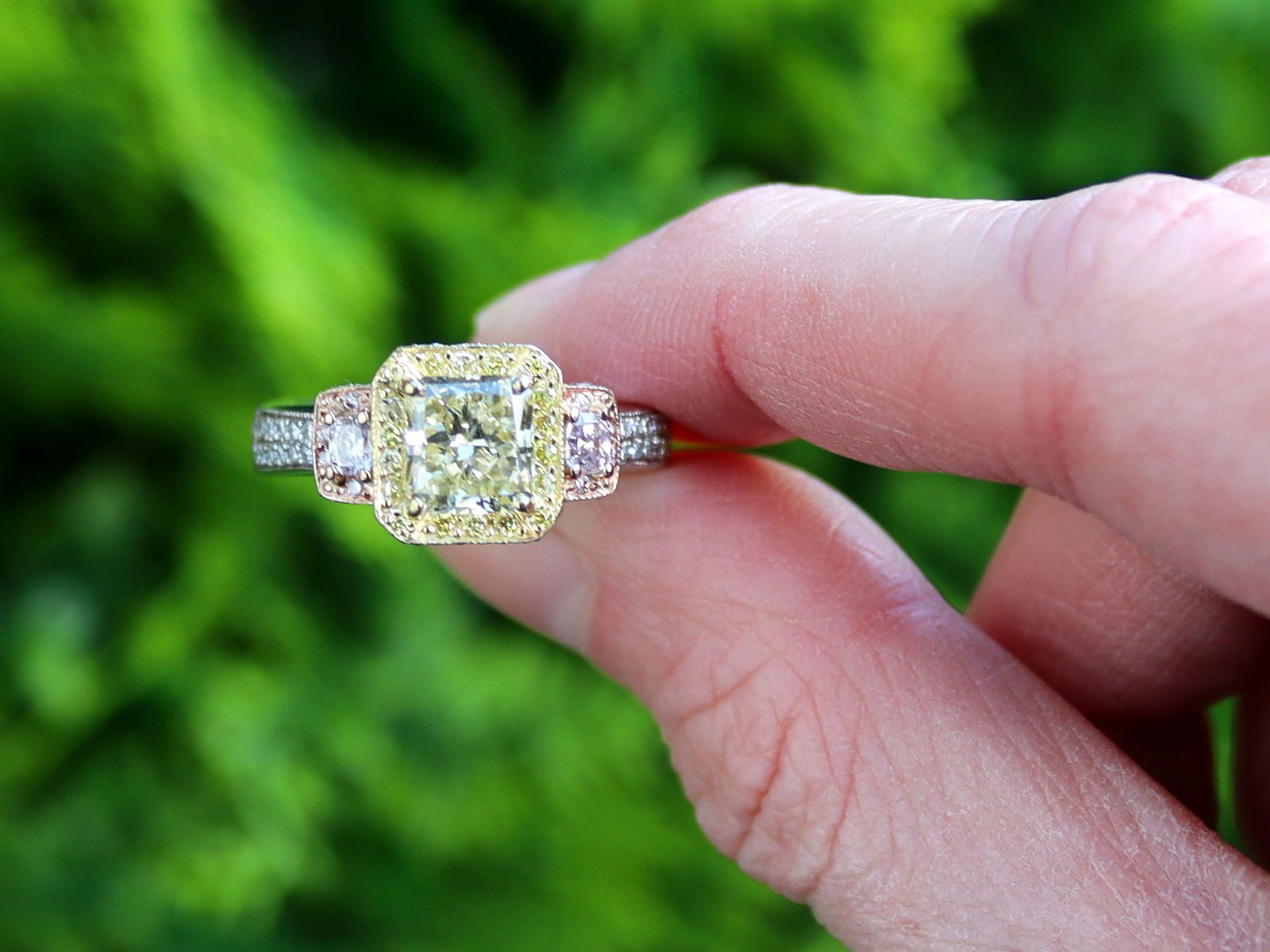Bracelets have adorned wrists across cultures and centuries, serving as more than just decorative accessories. From their origins as symbols of power, protection, and status to their role in modern fashion, bracelets have evolved to reflect the values and aesthetics of each era.
As societies advanced, so did the techniques, materials, and designs of bracelets, transforming them from simple ornaments to intricate works of art. This journey through time highlights the cultural significance and the ever-changing styles of bracelets, revealing their enduring appeal and adaptability.
Ancient Civilizations: Power and Spirituality
In ancient Egypt, bracelets were more than decorative pieces; they were imbued with deep spiritual significance. Crafted from gold, gemstones, and faience, Egyptian bracelets often featured motifs like scarabs, representing rebirth and protection.
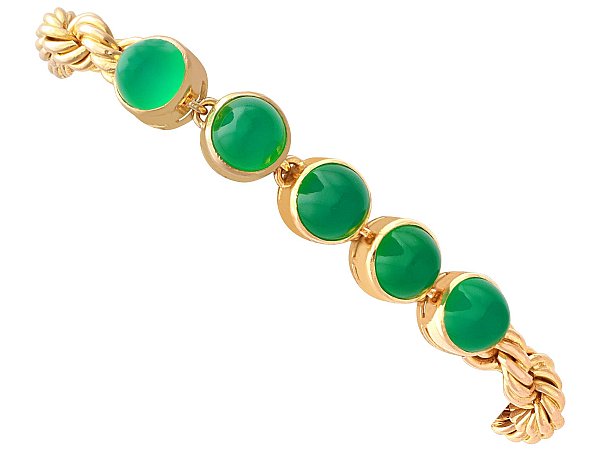
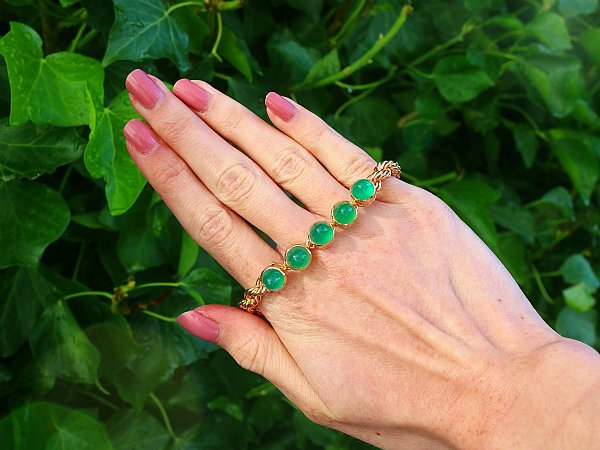
Similarly, in Greece, bracelets symbolised power and wealth, with designs showcasing intricate metalwork and precious stones.
In India, bangles held cultural and religious importance, signifying marital status and prosperity. These early civilizations laid the foundation for the bracelet as a meaningful accessory, blending artistry with symbolism.
Medieval and Renaissance Eras: Status and Craftsmanship
During the Middle Ages, bracelets became rarer, primarily reserved for the elite. Designs were often simplistic, reflecting the austere values of the time, yet materials like gold and silver signalled wealth and nobility.
The Renaissance ushered in a revival of elaborate jewellery, including bracelets, inspired by classical antiquity. Artisans integrated intricate engravings, enamel, and gemstones into their designs, reflecting the era’s fascination with artistry and humanism.
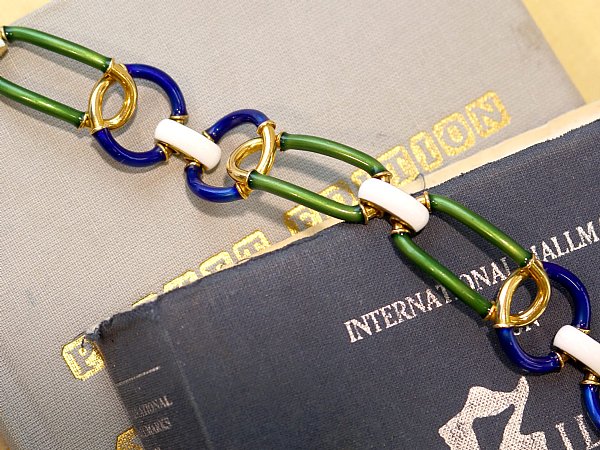
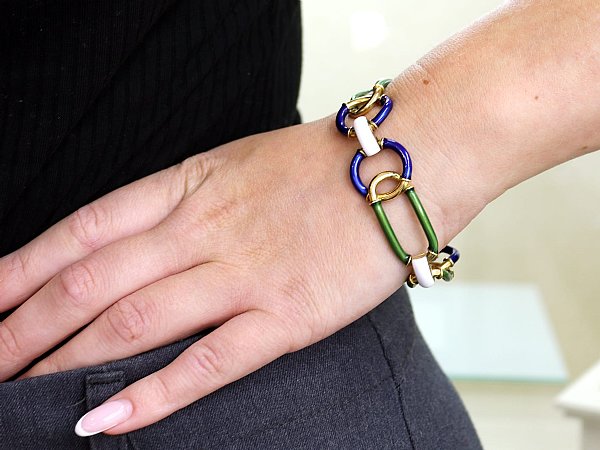
Bracelets during this time not only showcased the wearer’s social standing but also highlighted the advancements in craftsmanship and artistic techniques.
The 19th and Early 20th Century: Romanticism and Industrialisation
The 19th century saw bracelets flourish as symbols of romanticism and sentimentality. Lockets, charm bracelets, and designs incorporating floral motifs reflected the era’s emphasis on love and nature. The Victorian era, in particular, popularised mourning bracelets made of jet or hair, symbolising grief and remembrance.
Another iconic trend of this time was snake bracelets, which symbolised eternal love and transformation. This theme was not limited to bracelets but extended to other jewellery pieces, such as the stunning 3.06ct Garnet and 0.13ct Diamond 21ct Yellow Gold Snake Necklace, a remarkable Victorian-era design.
Pieces like this highlight the era’s fascination with serpentine motifs, combining intricate craftsmanship with symbolic meaning. The Industrial Revolution brought technological advancements, making such intricate designs more accessible to the middle class. By the early 20th century, the Art Nouveau movement embraced organic forms and enamel work, while the Art Deco era introduced geometric patterns, bold colours, and the use of platinum, redefining bracelet design with a modern aesthetic.
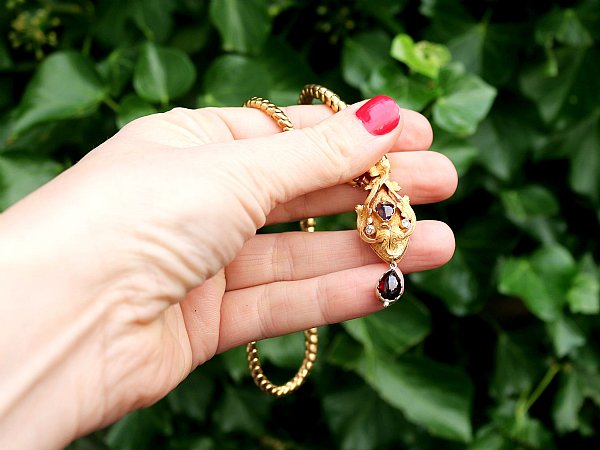
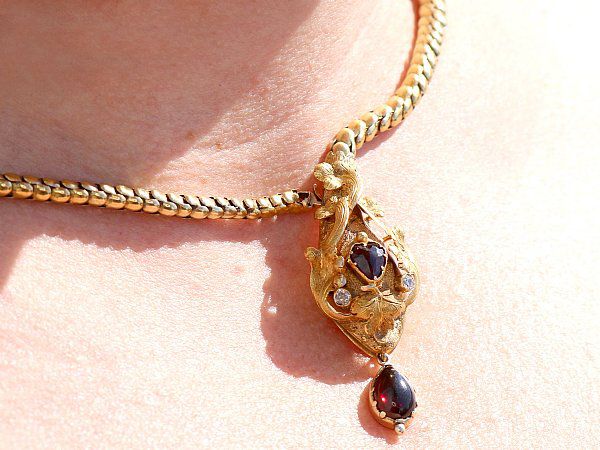
Mid-20th Century to Today: Innovation and Personal Expression
The mid-20th century marked a shift toward modernity and individuality in bracelet design. Designers like Elsa Peretti and Georg Jensen introduced minimalist, sculptural pieces, while charm bracelets allowed wearers to personalize their accessories.
The late 20th century saw the rise of luxury brands like Cartier and Tiffany & Co., which elevated bracelet designs with exceptional craftsmanship and high-quality materials. Today, bracelets have expanded even further to include high-tech smart bands, such as fitness trackers that monitor health and activity, as well as bespoke creations tailored to individual preferences.
Sustainable, eco-friendly designs reflect advancements in technology and a growing awareness of environmental impact, while digital and customisable options cater to contemporary lifestyles. The versatility of bracelets ensures their relevance across diverse cultures and personal styles.
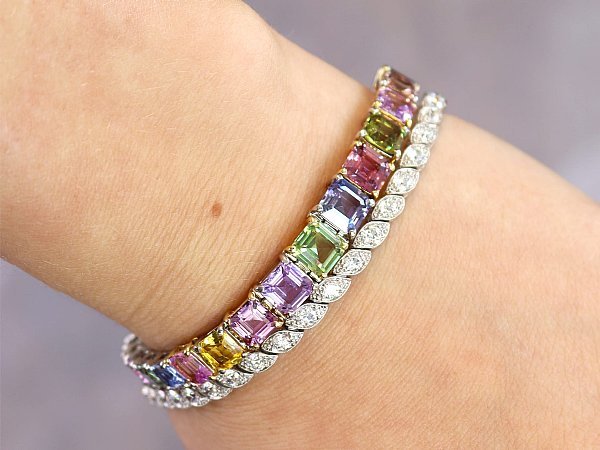
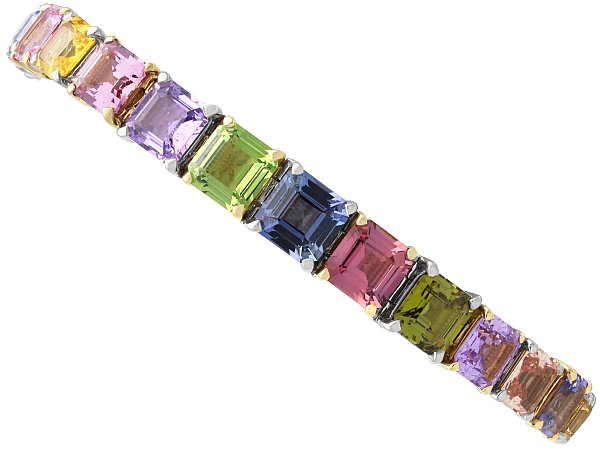
The evolution of bracelet design mirrors humanity’s journey through time, showcasing the interplay between cultural values, artistic innovation, and technological progress. From the symbolic bracelets of ancient civilisations to today’s modern, personalised, and technology-integrated creations, these accessories have remained a timeless form of self-expression. As society continues to evolve, so too will bracelet designs, ensuring their place as both a functional and artistic element in the world of fashion and beyond.

